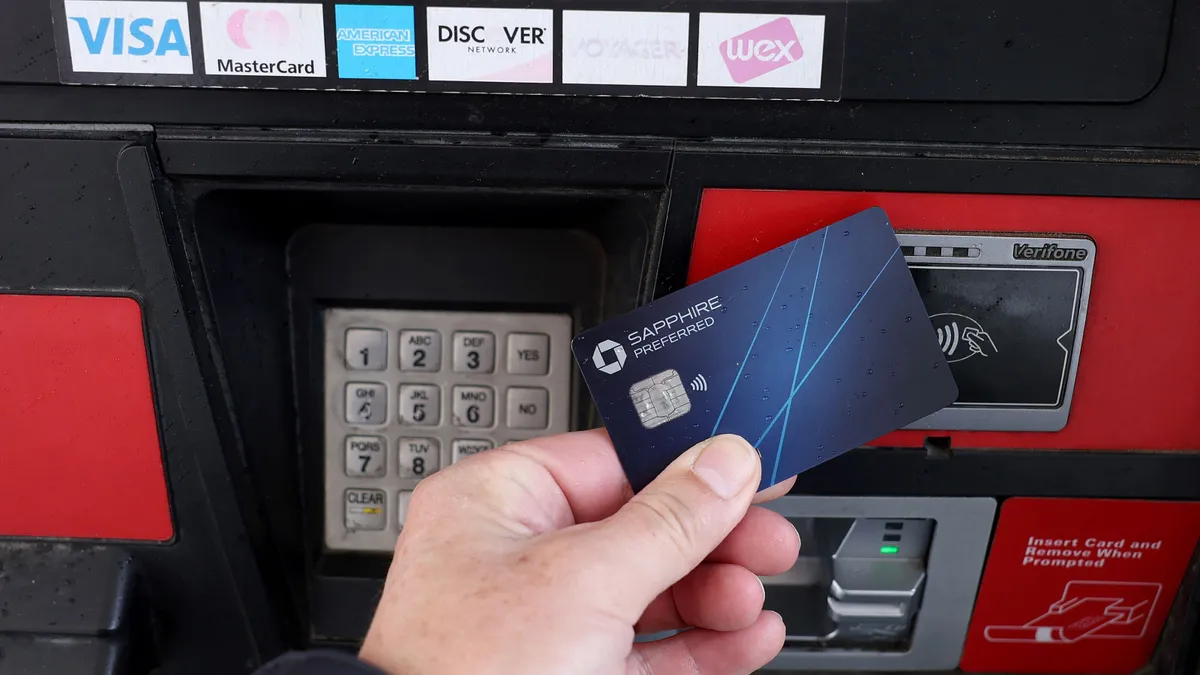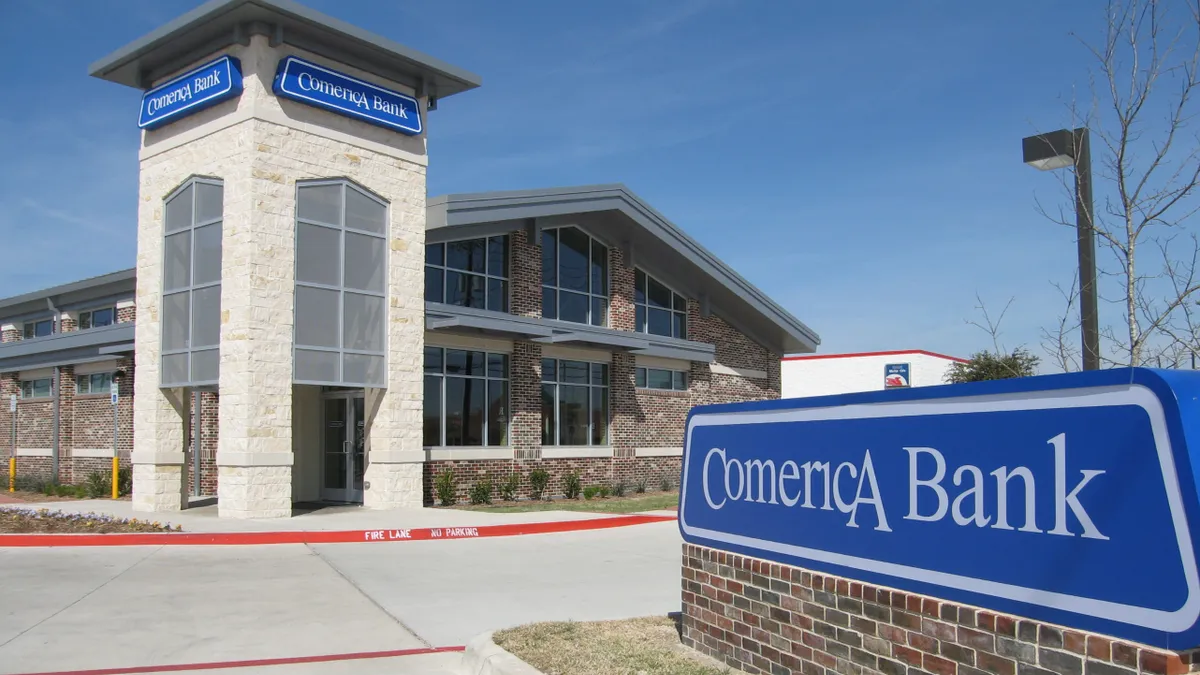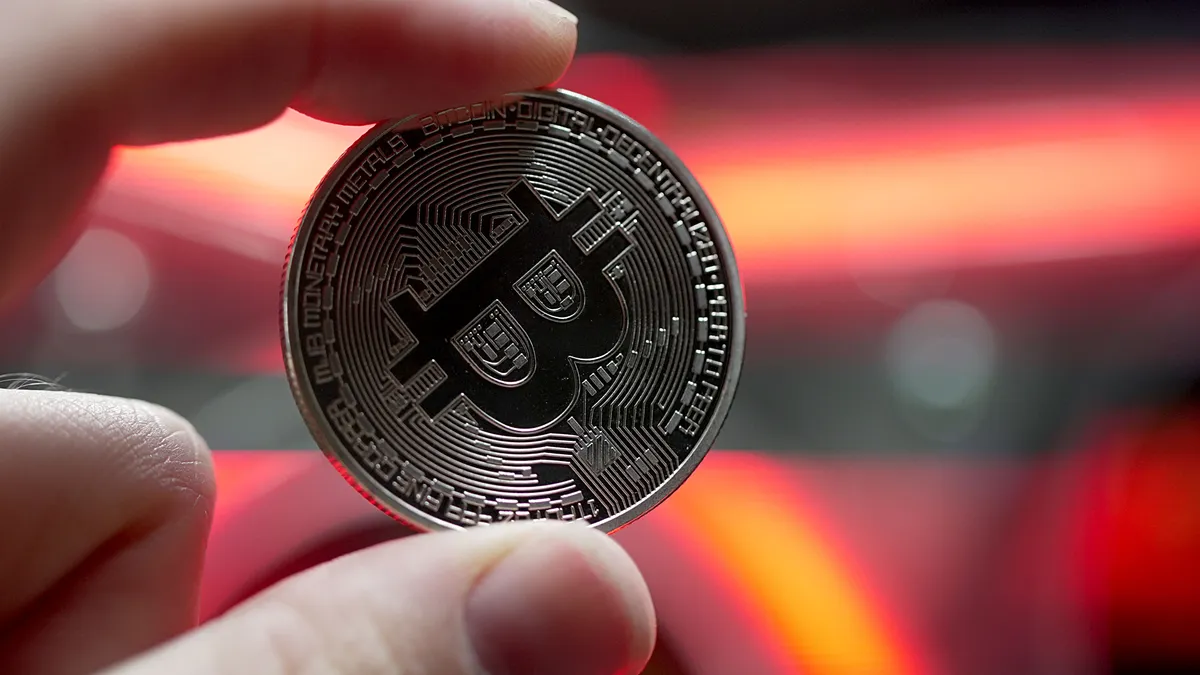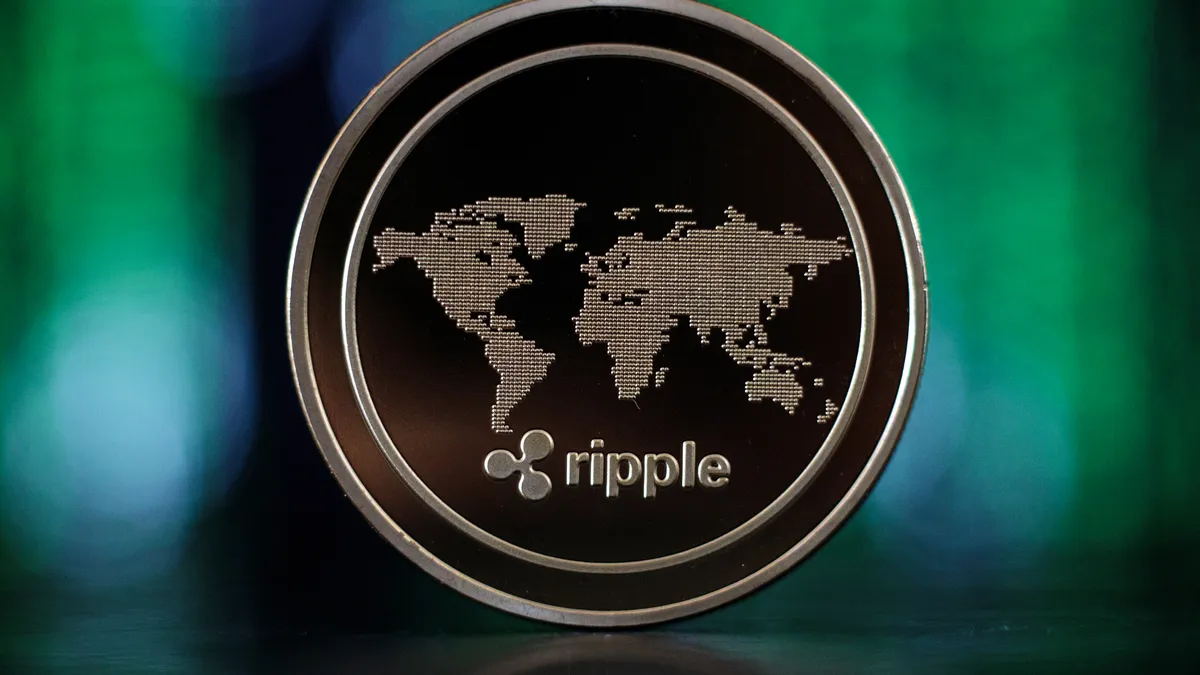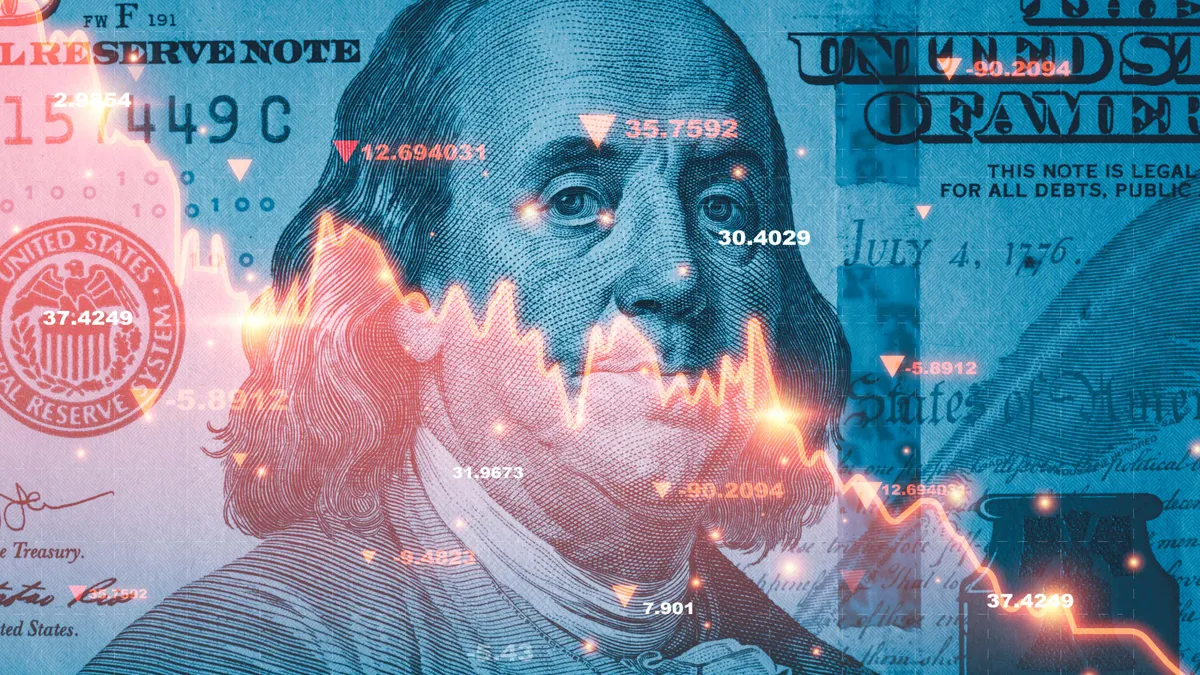The advent of open banking in the U.S. could change the way consumers apply for credit cards and pay for goods and services.
The new approach to letting consumers share personal account information and other financial data is aimed at increasing competition among financial institutions for consumers’ business. It could particularly give nonbank fintechs more leverage in wooing consumers.
Last week, the financial services industry got a look at the long-awaited open banking rule issued by the Consumer Financial Protection Bureau.
The CFPB created regulations that financial institutions need to follow before they can use the data gleaned through opening banking. A standard-setting body will help craft parameters for companies that want to use the new method of sharing data.
This primer is intended to explain the purpose of these rules, and what the financial services sector hopes to gain from the alternative means of accessing consumers’ individual financial data.
What is open banking?
With a consumer’s permission, open banking lets a financial firm see a consumer’s transaction history, such as how much money is deposited into the consumer’s bank account. The details go well beyond the information a financial institution can find through a credit check.
Using the new framework, financial institutions will be better equipped to “assist people with investing, with borrowing and with lending,” said David Soberman, a professor of marketing at the University of Toronto’s Rotman School of Management who follows the payments industry.
The lender can, for example, see how much a consumer generally saves every month.
“A new bank [that sees that data] says, ‘I can see income and expenditures, and I’m happy to provide you a personal loan,’” said Amit Mallick, a managing director at the consulting firm Accenture who oversees open finance and digital payments.
The information available through open banking is much more granular and verifiable than what fintechs can glean from other sources, said Simon Mayer, an assistant professor of finance at Carnegie Mellon University.
“You can disclose your salary, but the fintech doesn’t have any way to verify that,” he said.
If a consumer gives the fintech a peek at their bank account, on the other hand, the company can see exactly how much the consumer puts into that account, and how much they spend, Mayer said.
That helps a company determine if the consumer has enough left over each month to make loan payments, he said.
The information available through open banking can be applied in a number of ways. Cash flow underwriting firm Prism Data uses that information to create what it calls more accurate and inclusive consumer credit scores, CEO Jason Rosen said.
“We enable financial institutions and other companies to take open banking data and utilize it in a way that improves the decisions they make about consumer and small business credit-worthiness,” Rosen said.
How consumers are expected to benefit
CFPB Director Rohit Chopra laid out some ways open banking should advantage consumers during an address at a Federal Reserve Bank of Philadelphia conference last week. Sharing detailed financial information rather than an opaque credit score will result in a swift approval for a new credit card, allowing consumers to switch cards more easily, he said.
Most Americans still have the first credit card they were approved for as an adult, Chopra said. "I'm embarrassed to say that also includes me," he said.
But open banking could change that.
And the new method of financial data sharing will make paying directly from a bank account a simpler task, letting consumers and small-business owners save money by circumventing the interchange fees that credit card networks charge, Chopra said.
Strict regulations and standards are necessary to keep bad actors from accessing a consumer's bank account, he added. The new rule will “enshrine the consumer's right to control their financial data,” said Miranda Margowsky, a spokesperson for the Financial Technology Association.
Regulations could help open banking gain acceptance in the financial services industry, and give consumers confidence to share their account data, said Doug Leighton, a freelance fintech consultant and former Visa executive.
“Open banking is much more prevalent outside of the U.S., where there are regulatory requirements around it,” he said.
Merchants also stand to benefit. More data-sharing results in more consumers paying directly from their bank accounts, bypassing credit cards. It will save businesses money on credit and debit card swipe fees, the National Retail Federation said last week.
But the proposed rule also prohibits the sale of a consumer's data to third parties for purposes such as targeted advertising. Some in the financial industry think that part of the rule is too onerous because banks that have direct access to that data face no such restrictions, Margowsky said.
The open banking edict already has its detractors. The Bank Policy Institute and a Kentucky trade group sued the CFPB the day the agency released its final rule, arguing the bureau had overstepped its authority.
Open banking risks
The final rule requires consumer consent before any banking information is shared, and allows consumers to revoke that consent at any time.
It also includes the creation of a standard-setting organization to lay down the requirements for financial institutions that offer open banking. So far, only one group, the nonprofit Financial Data Exchange, has applied for the right to set those standards.
FDX already sets standards for sharing consumer data in other spheres, but there is some concern over it being the only applicant for this new role. And Chopra has warned the industry about giving powerful players too much control over standards.
Fintechs that want to offer loans and other financial services are eager to take a closer look into potential customers’ financial backgrounds.
“The advantage is it saves you a huge amount of effort in terms of transaction costs, and time,” Soberman said.
Applying for a loan, for example, means filling out paperwork, followed by credit checks from the lender, both of which take time and effort. When a consumer can simply show the lender how much money they make and how much they spend, it vastly simplifies the process, he said.
But it’s not clear how Americans will react to open banking. The process has downsides, Soberman emphasized.
“People that are not well-informed or aren't diligent could end up sharing their banking information with companies that are up to no good,” he said. “That is why governments are so reluctant to approve this and why [finalizing the rule] took so much time.”


